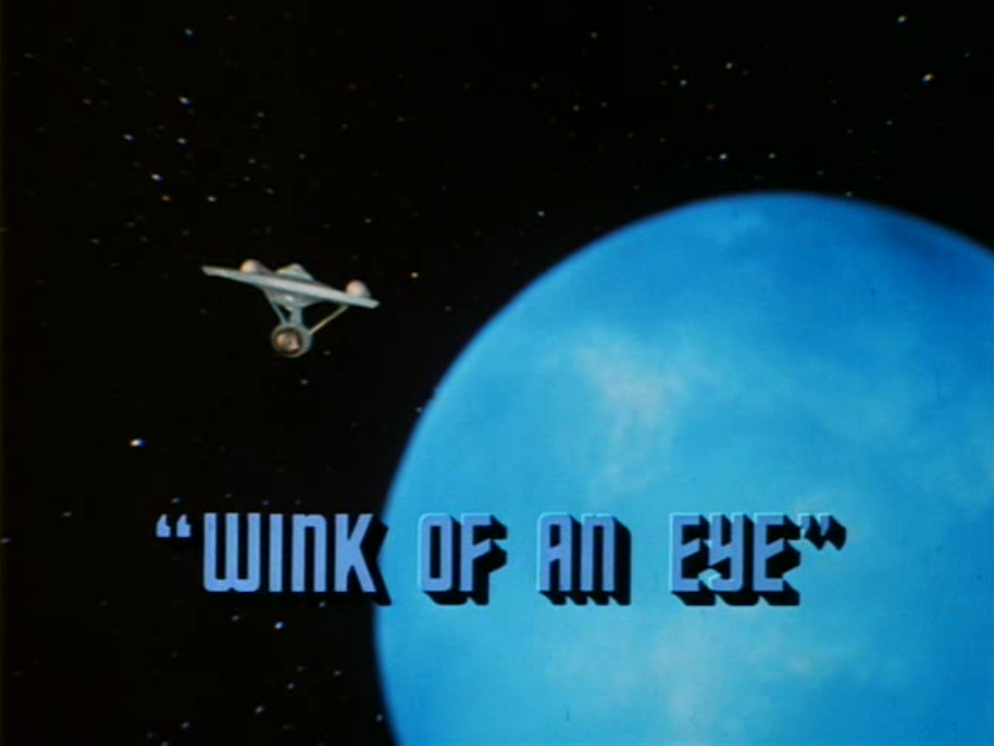If I were to speculate, it would be that Gygax's assumptions were so strongly built around playing Men that correcting the language of the other existing rules simply wasn't a concern whenever they introduced Halflings to the game. I think it's pretty clear from Gygax's statements that he was very much interested in a fantasy world driven by heroes that were Men. Though we should remember that the rules were not in a digital document in the early 1970s, and neither was anyone in TSR particularly experienced in the publishing industry.
Interesting.
So to extrapolate from this, perhaps the Raise Dead rule was written, then halflings were added, and the fact that Halflings couldn't be raised from the dead was just an unfortunate by-product of the labyrinthine rules.
Building on that, when the spell was revisited for AD&D, Gygax noticed this, and made the deliberate decision to exclude Elves and Half-Orcs.
I can buy all of this. Definitely a working theory. But it still doesn't explain why, if the distinction is the spirit/soul thing per Deities and Demigods, why a Rod of Resurrection, and only the Rod, works.




